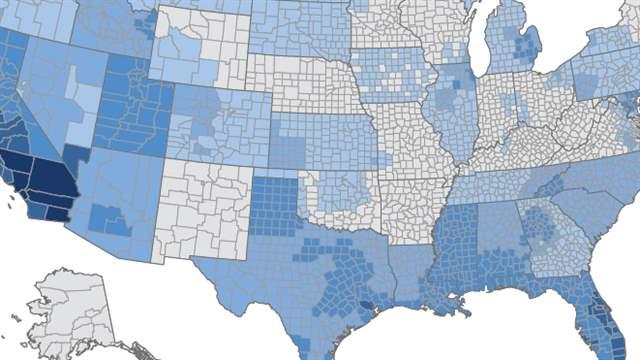Difficulties in accessing traditional domestic financing brought on by the Great Recession, along with a rise in the number of wealthy investors in developing countries, have led to a recent spike in interest in the EB-5 Immigrant Investor visa program. Through this federal visa program administered by U.S. Citizenship and Immigration Services (USCIS), immigrant investors may eventually secure permanent residency for themselves and their immediate family by investing at least $500,000 in a U.S. business and creating or preserving 10 full-time jobs. The majority of EB-5 visas are currently administered through EB-5 regional centers, entities that pool investments and are authorized to develop projects across a large swath of America’s metropolitan regions and rural areas. The focus of this paper is on the regional center program.
Although utilization of EB-5 financing has increased dramatically in recent years as a source of regional economic development, the program faces some major challenges. First, immigrant investors encounter a complicated network of intermediaries with little regulatory oversight, which discourages investment. Immigrants also bear the burden of compliance with program requirements, although they themselves have little control over the investment process. Second, there is generally little coordination between regional centers and local economic development agencies (EDAs), even though these entities often share similar goals and could develop mutually beneficial partnerships. Finally, there is a dearth of reliable and publically available data that would enable better monitoring and evaluation of the economic impacts of regional center investments.
The following suggestions for a reconsidered EB-5 regional center program can help federal policymakers strengthen the utility of this tool and better accomplish the central goal of the program, which is to aid regional economic development, especially in distressed areas:
Designate an oversight role for the Department of Commerce to supervise the adjudication of regional centers, standardize data and methodology, and better monitor program impact.
Create incentives for partnerships between regional centers and EDAs, thus aligning similar goals in mutually beneficial arrangements. Regional centers and EDAs often possess complementary resources and can leverage more funding and reduce risk for investors.
Generate high-quality, multi-variable public data on regional centers to facilitate better evaluation of the program.


